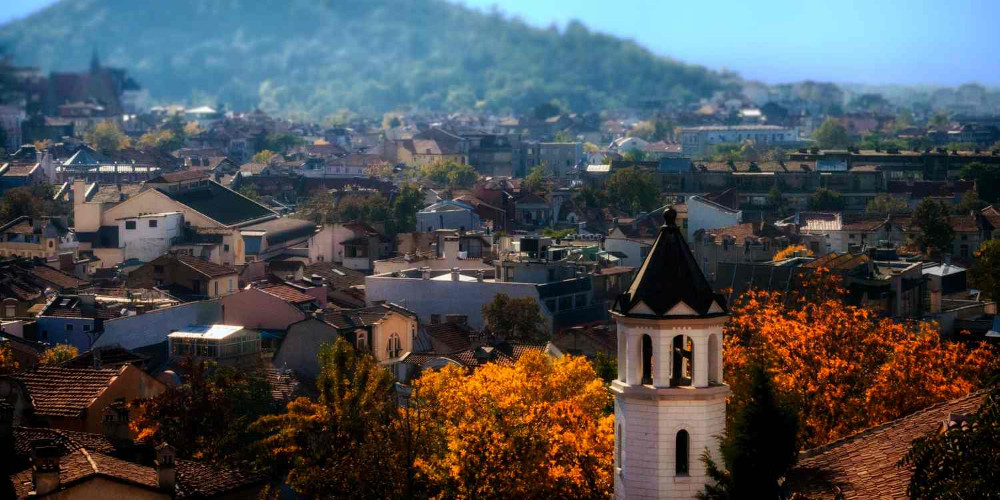
Where is Plovdiv? Plovdiv is the second-largest Bulgarian city and the oldest cultural centre, a place where the closely intertwined elements of the new and the old make Plovdiv a magnet that attracts millions of tourists to travel to Bulgaria every year. The picturesque valley with seven hills, where is Plovdiv now, was populated 8,000 years ago. Plovdiv’s Roman Heritage is in the abundance of monuments and artefacts that archaeologists continue to find in this city to this day. An incredible combination of western and eastern cultures, wonderful Plovdiv weather, and sightseeings makes Plovdiv a special place to return to again and again. What to do in Plovdiv? You can get acquainted with the most striking and characteristic sights of Plovdiv. Also, you can have a trip to Plovdiv from Sofia, the capital of Bulgaria. You might be interested in is it safe to travel to Bulgaria, the answer is yes. Bulgaria is one of the safest countries in the region so you can make your trip to Plovdiv from Sofia with auto-stop. In this post, you will read about must-see Instagrammable places on Plovdiv and know what to do in Plovdiv. Also, you will find answers to your questions, such as where is Plovdiv, what to do in Plovdiv, how is Plovdiv weather, how to make a trip to Plovdiv from Sofia, why to travel to Bulgaria Plovdiv, is it safe to travel to Bulgaria, etc.
Bachkovo Monastery
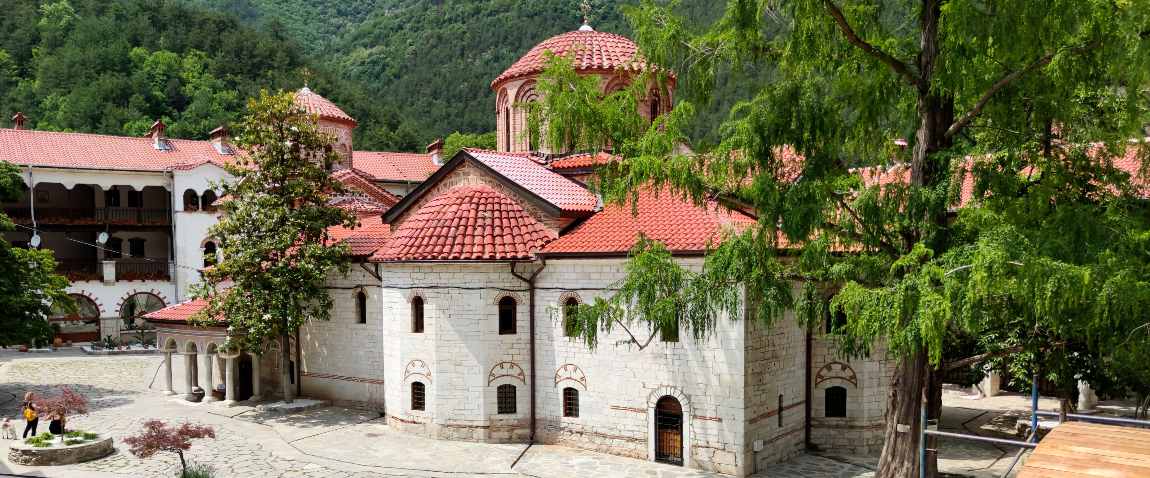
It is on the southeast of Plovdiv, 10 km from the town of Asenovgrad. Founded in 1083, it is the second-largest and oldest Orthodox monastery in Bulgaria, combining Bulgarian, Georgian, and Byzantine religious traditions. The oldest surviving part of the complex is a crypt located a few hundred meters from the main buildings. The monastery walls are decorated with icons and frescoes from the 14th century, one of which has a depiction of the ruler of the Second Bulgarian Empire, Tsar Ivan Alexander. One of the most ancient buildings of the monastery is the Cathedral of the Blessed Virgin Mary, which houses the miraculous icon of the Most Holy Theotokos brought here at the beginning of the 14th century from Georgia - a shrine that attracts a lot of pilgrims.
Ethnographic Museum

Even if you do not have much time, you will commit a crime if you leave the old city without even looking into the Ethnographic Museum’s courtyard. Topped with a characteristic gabled roof, this beautiful dark blue National Renaissance building is surrounded by patterned flowering gardens. Find at least half an hour and go inside the museum. You will understand that there is something to see, especially if you go up to the top floor of the building, where a collection of national costumes is exhibited in the sunny yellow rooms with carved wooden ceilings.
Simeon Garden
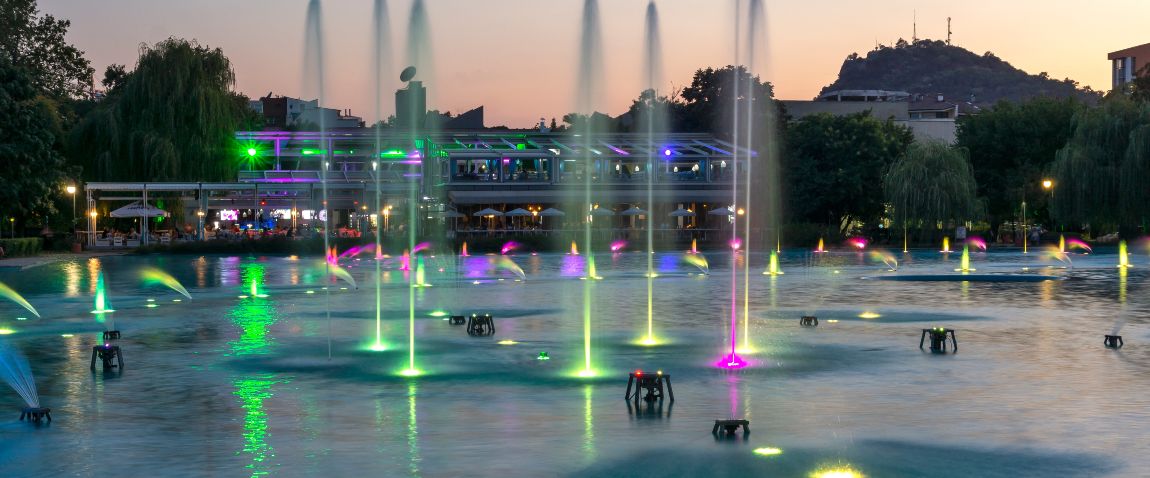
Plovdiv’s most beautiful resting place is the Tsar Simeon Garden, designed by the Swiss architect Lucien Shevalas in 1892, who has the nickname of “Minister of Flowers” in Bulgaria. The garden was recently carefully restored, and now it is a real riot of colours, where everything is pleasing to the eye. The bright blue lake reflects both the sky and the blossoming trees and flowers surrounding it, and next to it is the transparent central pavilion and the crystal Singing Fountains - an incredible combination of light, water, and colour. Shady paths will take you deep into the garden to discover the countless beauties of the garden, which will cheer you up and energize you the whole day. The garden of King Simeon is replete with entertainment, and you need to devote a few hours to it to taste at least half of what it offers.
Church of Saints Constantine and Helena
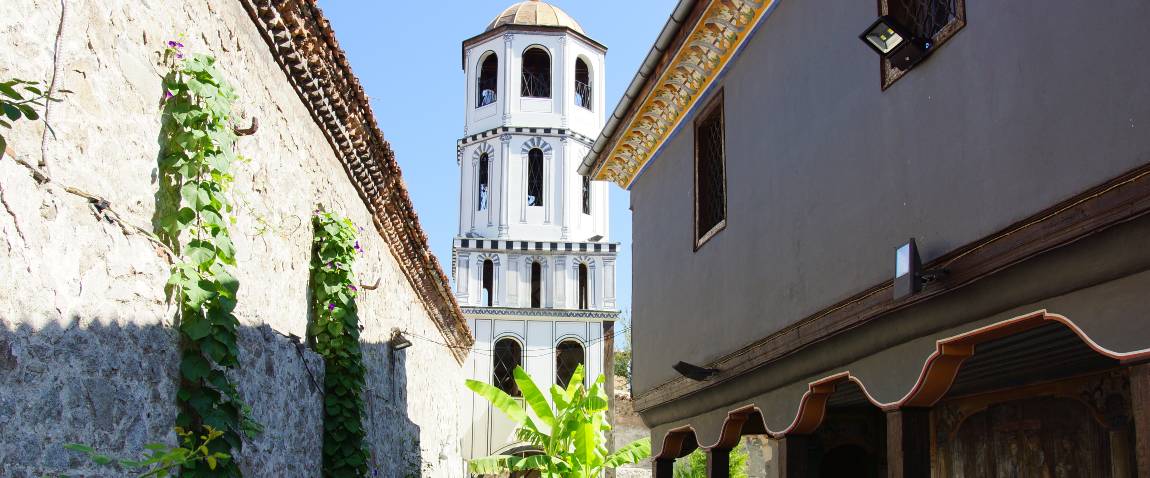
This is one of the oldest and most beloved churches in the city. It is dedicated to Emperor Constantine the Great and his mother Elena and was built on the site where the two Christian martyrs Memnos and Severian were beheaded in 304. Over the centuries of its existence, the temple was destroyed several times, but it was invariably restored each time. Next to the church, a free-standing, bright white five-tiered bell tower with many arched windows rises 13 meters high. The inside of the church is just as good as the outside: its marvellous frescoes, colourful carved ceiling, and gilded Vienna Baroque iconostasis will leave no one indifferent. Pay attention to other icons by the Bulgarian masters of the 15-18 centuries.
Ruins of Eumolpias
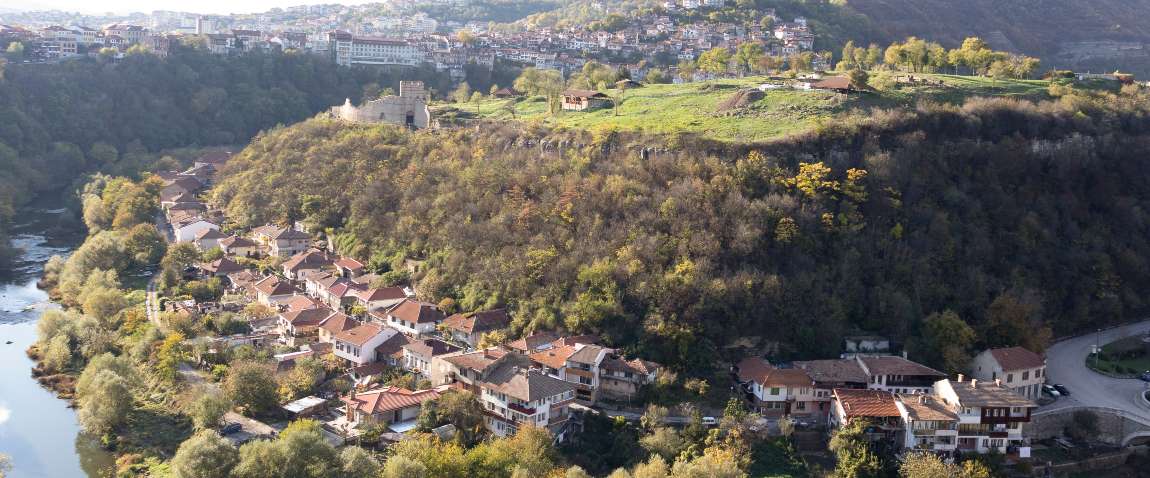
In the old town, from a hill 203 meters high, a breathtaking sight opens up to the ruins of Eumolpias, a Thracian settlement of 5000 BC. The city and the surrounding fortress occupied a strategic position, which was further strengthened by the Macedonians, Romans, Byzantines, and Bulgarians. The Turks also did not stand aside, giving this place their name - “Nebet Tepe,” which meant “Prayer Hill.” Eumolpias is Thracian, then there was the name of Philippopolis, later - Pulpudeva, and finally - Plovdiv. Coming to a meeting with the city’s history, you can get acquainted with various details of its past, one of which is the partially restored remains of a reservoir from the 13th century.
House of Hindlian
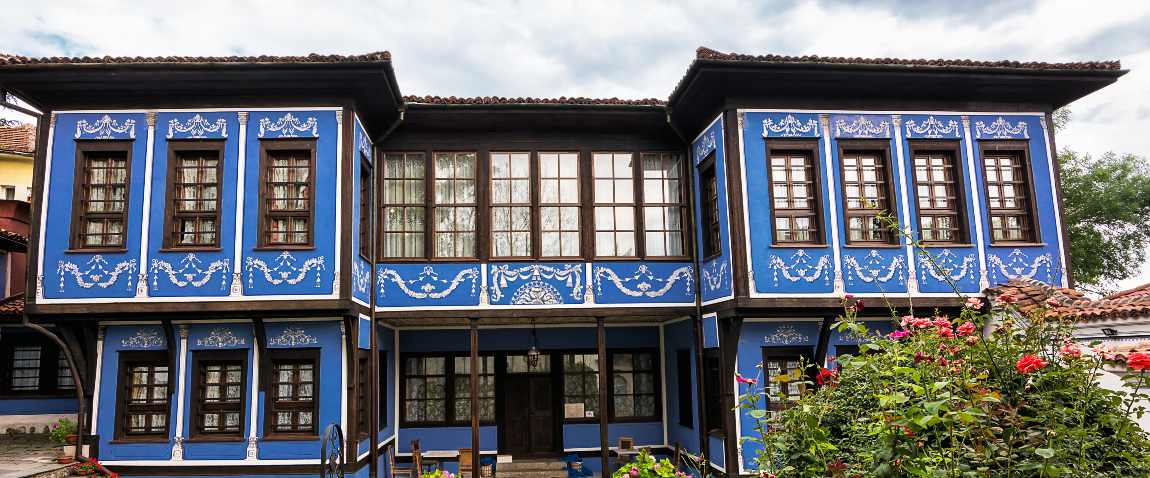
This amazing baroque house once was the merchant Stepan Hindlian, built by his order in 1835-1840. You can see from a distance along the brightly painted facade and the protruding upper floor. The exquisite antique furniture is surrounded by walls painted with Venice, Alexandria, and Constantinople’s real and imaginary landscapes. Interior details are striking and memorable - magnificent panelled ceilings and an oriental-style marble bathroom with a domed ceiling and skylight.
Kapan
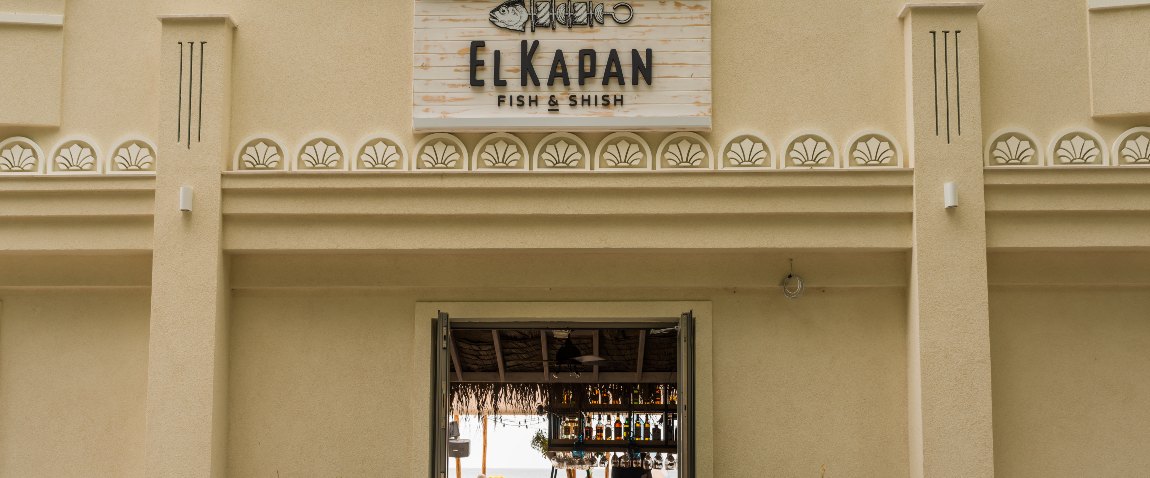
The Kapan quarter, which means “trap” has always been inhabited by artists, and this is reflected in the name of its streets: there are both Zhelezskaya and Kozhukharskaya streets, hinting at the occupations of those who settled them. As the legend says, the name “trap” is associated with the unimaginable labyrinths of streets in this area, which often change direction, or even end in a dead-end. They say that it was almost impossible for a random passerby to get out there. But, do not let it make you think is it safe to travel to Bulgaria; it is. Today Kapana is a lively “bohemian” neighbourhood filled with hipster cafes, bars and restaurants, art spaces, art galleries and festivals, boutiques, and ateliers. Cobbled streets are dotted with musicians and artists; the celebration and fun atmosphere is felt in the pores.
Asenova Fortress
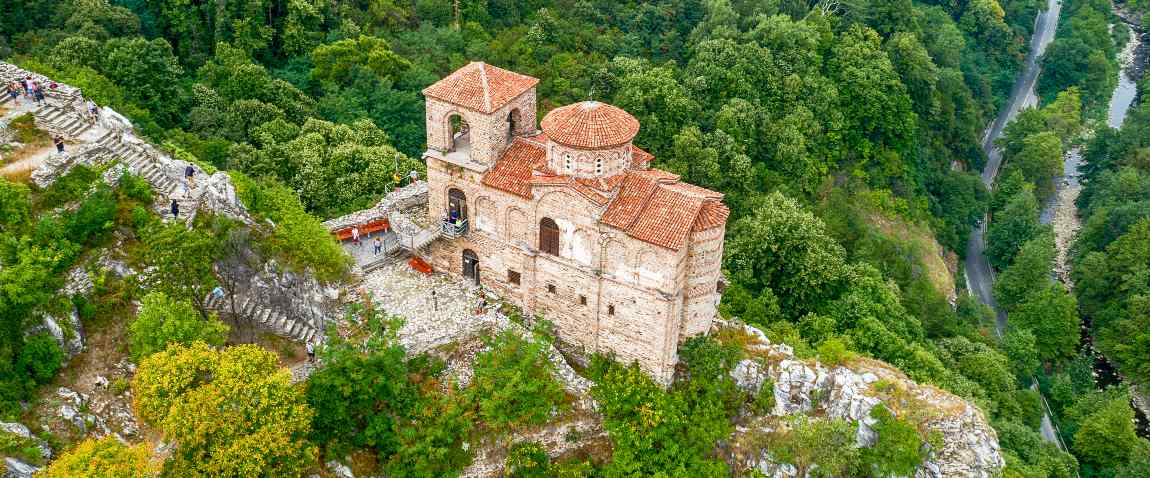
A few minute’s drive from Plovdiv, there is a medieval castle-like structure swinging on the edge of a ridge above the Asenitsa River. The Asenova Fortress is visible from the road, clearly standing out for its impressive forms against limestone rocks and forest growth. The fortress walls descend in a zigzag manner along the steep mountain slopes, guarding the fortifications, which from time immemorial served as a stronghold, first to the Thracians who lived 6,000 years ago and then to the Romans and Byzantines. The structures now on the rocks date back to the 13th century. Among them, flauntingly, stands the surviving church of the Holy Mother of God with picturesque, but partially damaged, frescoes from the 14th century.
Jumaya Mosque

This is the first Muslim mosque in Bulgaria, built by the Turks in Plovdiv in 1364, at the beginning of their invasion of the country, on the site of the Orthodox Cathedral of St. Petka Tarnovskaya. This is a large operating mosque, the architecture of which reflects a combination of Byzantine and Old Bulgarian architecture. Appropriately dressed tourists can visit the mosque (no shoes and clothing that covers the whole body), although many say that the interior of the structure does not quite correspond to its ancient history and the impressive 23-meter minaret.
Aviation Museum of Plovdiv
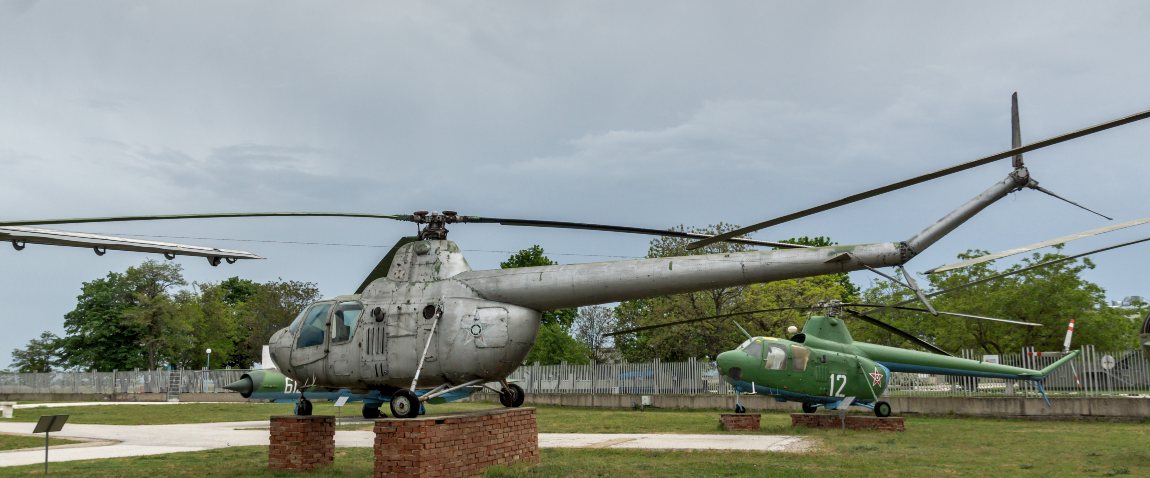
After a few tours of the ancient ruins, you may want to diversify the nature of your hikes. The Aviation Museum, located at the airport, tells about Bulgaria’s socialist past, maybe just what you need. There, an amazing collection of Bulgarian aviation technology is exhibited in the open air. Walking alongside sports and military transport planes, fighters, flashes, and yaks will surely please you. Undoubtedly, the most valuable exhibit of the exhibition is the German seaplane Arado 196 A-3, manufactured in 1938 - the only miraculously survived “Shark” in the world. You will also be able to see accompanying equipment - for example, the famous “black boxes,” and even a spacecraft - a decent vehicle for the return of the first Bulgarian cosmonaut to Earth.
Sunset view from the top of the hill
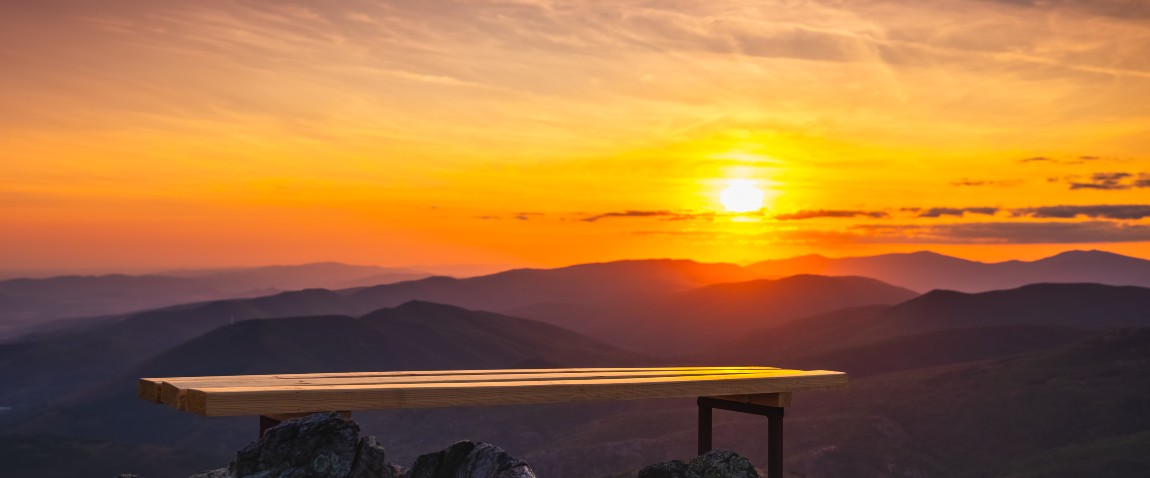
Many people know that one of the best sunset views opens from some high point when the Plovdiv weather is nice. It seems that Plovdiv, with its seven hills, is just for this. Perhaps this was one of the factors that influenced the Thracians’ choice when they were looking for a place for their settlement. Any of the seven hills is suitable for admiring the sunset. If you are visiting or walking within the old town, go in the evening to Tricholmia or to the monument to Alyosha, which stands high on the top, and wait for the sunset.
Get your visa with one click
Ready to get visa assistance without waste time?



